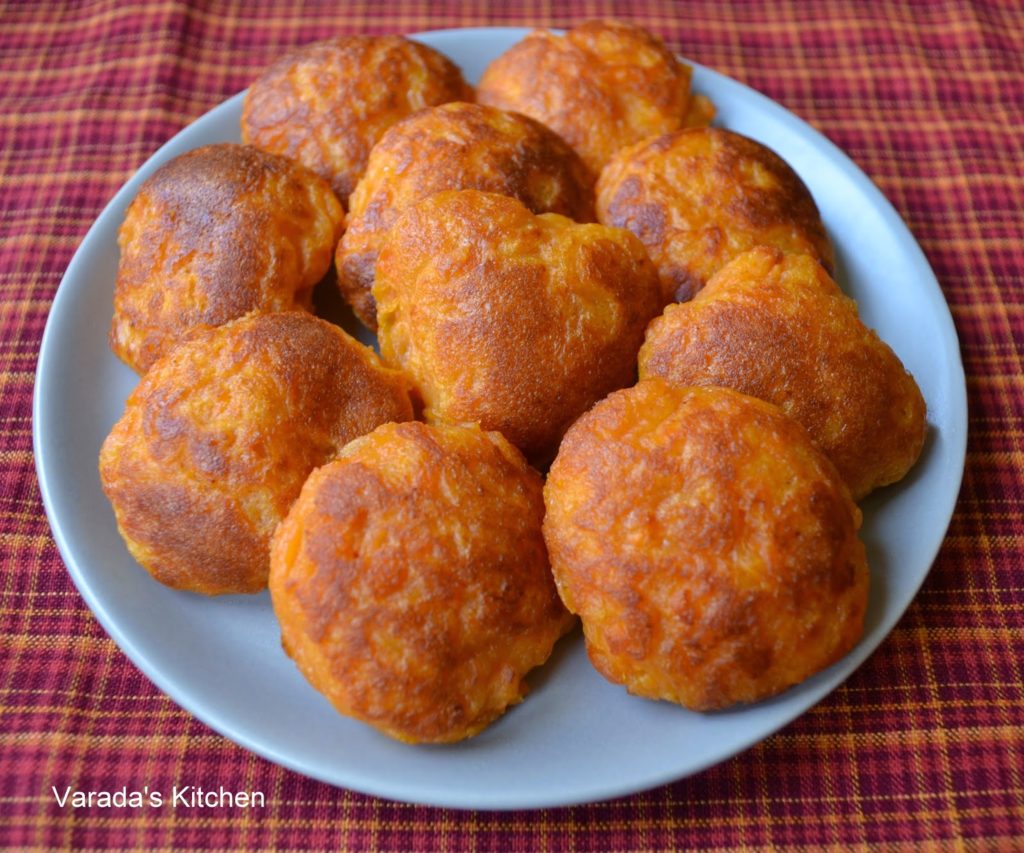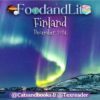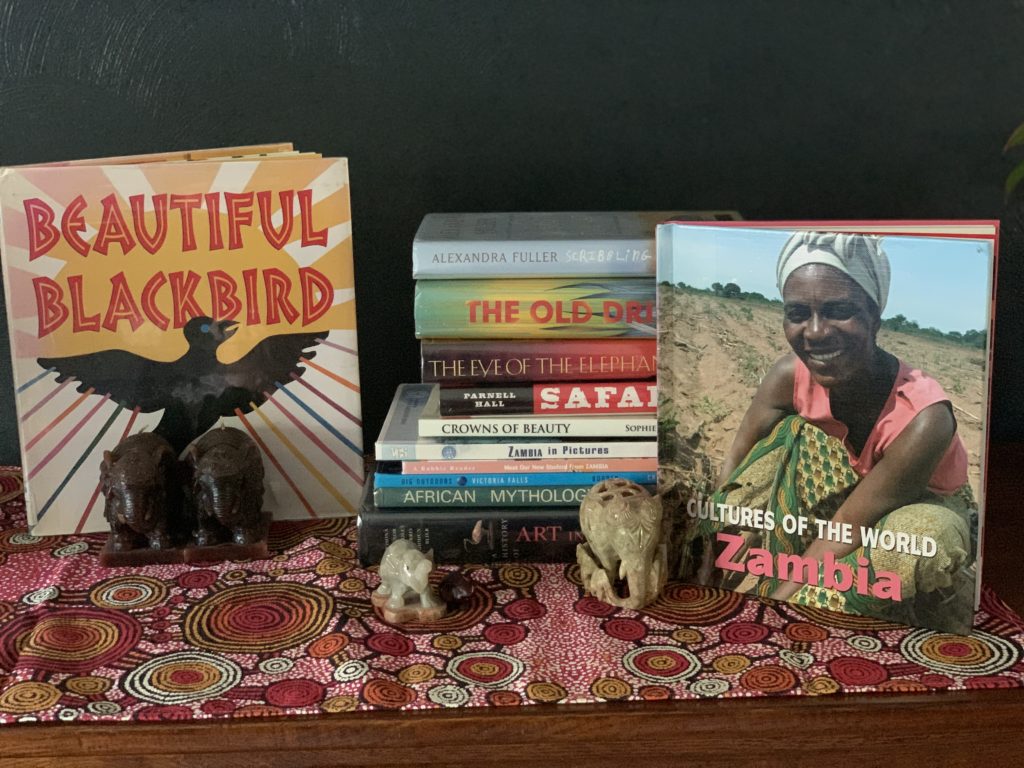
October
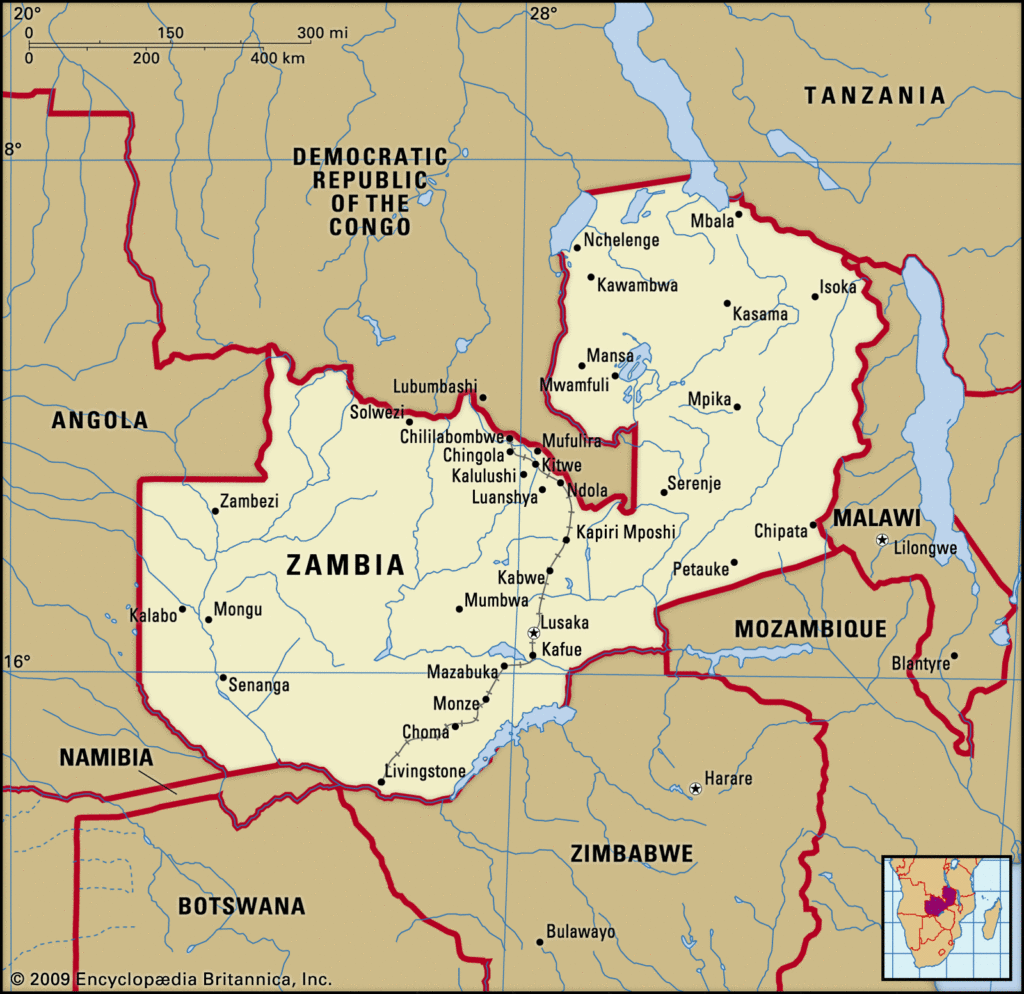
Republic of Zambia
Form of government
multiparty republic with one legislative house (National Assembly [1671])
Head of state and government
President: Hakainde Hichilema
Capital
Lusaka
Official language
English
Official religion
none2
Monetary unit
Zambian kwacha (K)3
Population
(2021 est.) 18,403,000
Population rank
(2019) 67
Population projection 2030
22,904,000
Total area (sq mi)
290,586
Total area (sq km)
752,614
Density: persons per sq mi
(2020) 61.4
Density: persons per sq km
(2020) 23.8
Urban-rural population
Urban: (2018) 43.5%
Rural: (2018) 56.5%
Life expectancy at birth
Male: (2019) 63.4 years
Female: (2019) 67.1 years
Zambia, in southern Africa, is a landlocked country of rugged terrain and diverse wildlife, with many parks and safari areas. On its border with Zimbabwe is famed Victoria Falls – indigenously called Mosi-oa-Tunya, or “Smoke That Thunders” – plunging a misty 108m into narrow Batoka Gorge. Spanning the Zambezi River just below the falls is Victoria Falls Bridge, a spectacular viewpoint.
Zambia’s staple food is maize. Nshima makes up the main component of Zambian meals and is made from pounded white maize. It is served with “relish”, stew and vegetables and eaten by hand (preferably the right hand). Nshima is eaten during lunch and dinner.
Maize, also known as corn, is a cereal grain first domesticated by indigenous peoples in southern Mexico about 10,000 years ago. The leafy stalk of the plant produces pollen inflorescences and separate ovuliferous inflorescences called ears that yield kernels or seeds, which are fruits.
Zambia has one of the world’s highest rates of undernourishment: more than a third of children under five have stunted growth, and a quarter of adults are obese. The reason: the country’s over-dependence on maize. A new report looks at how to increase crop diversity, support better nutrition and support resilience at local and national level.
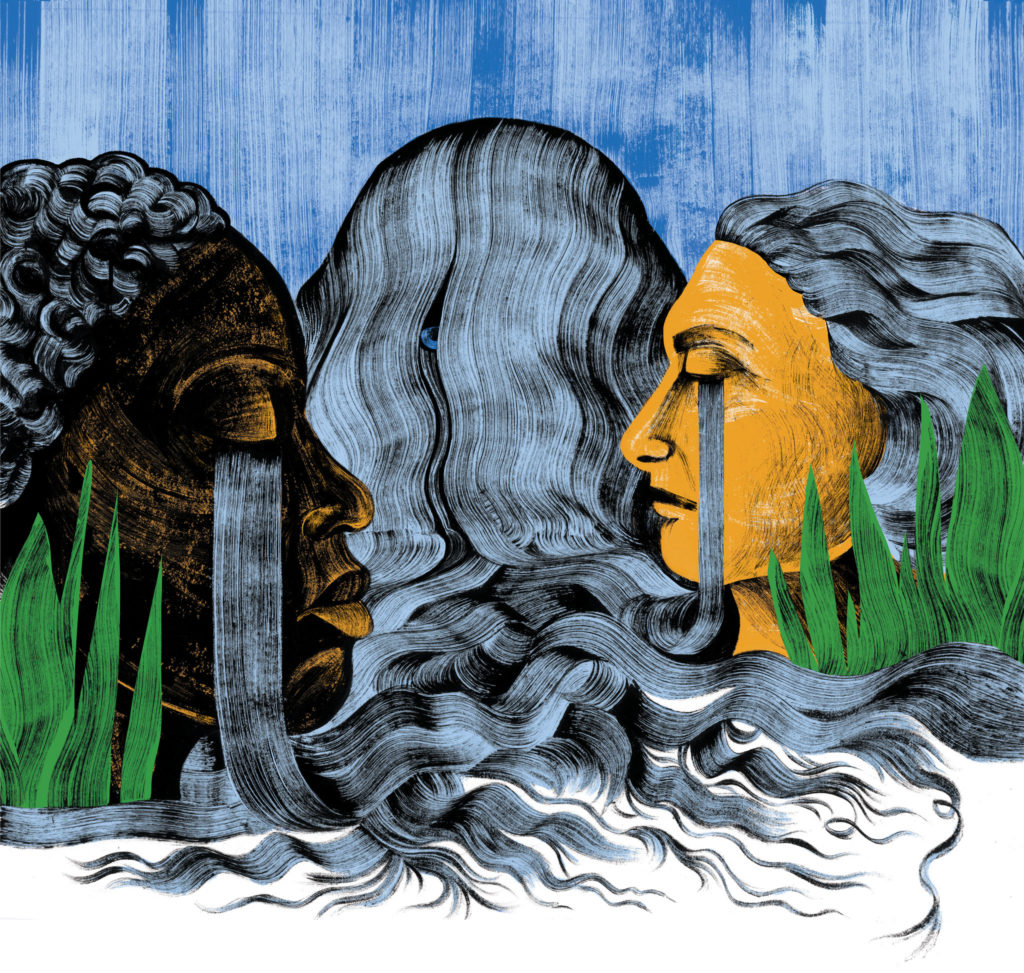
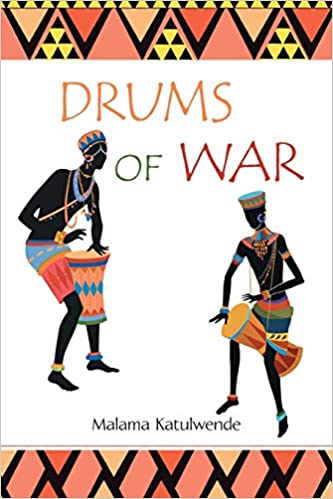
FIRST UP TO COOK-Golabjamoun (Zambian Sweet Potato Dessert)

